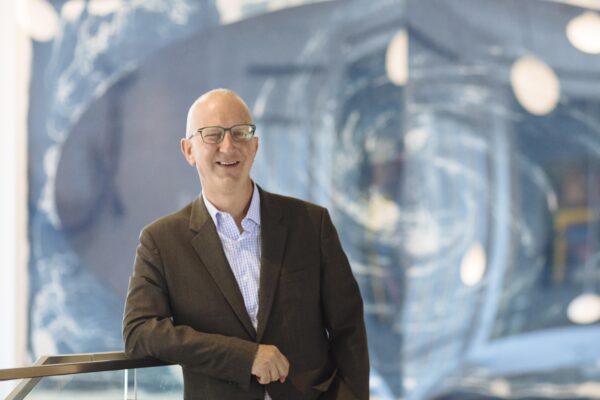A new partnership between Chapman University and The Catalina Island Museum will provide new opportunities for research and scholarship to students in Wilkinson College of Arts, Humanities, and Social Sciences.
Starting in interterm 2021, Chapman students will begin taking classes on the island 22 miles off the California coast, thanks to the experiential learning program being crafted jointly by Wilkinson and The Catalina Island Museum in Avalon. Students will get hands-on experience creating museum exhibits. Multiple teams will research the area’s history, design exhibitions and visitor materials, and craft a marketing and publicity plan for the museum.
“This innovative collaboration has great potential to enhance the impact of both Chapman University and The Catalina Island Museum on Southern California communities,” said Chapman University President Daniele C. Struppa. “I see countless possibilities for this relationship now and into the future.”

In 2016, the Catalina museum relocated to a new $9.2 million facility, allowing it to expand its exhibits and programs.
“Because of the museum’s size in the past, we weren’t able to play a role in education, which is a major focus and function of most institutions,” museum executive director Julie Perlin Lee told The Orange County Register. “Our museum is making a shift for the first time to an institution that embraces scholarship.”
Hands-on Learning
As the museum plans new offerings, Chapman students will make substantive contributions, said Jennifer D. Keene, Ph.D., dean of Wilkinson College.
“Many people mistakenly believe that it’s impractical to major in arts, humanities and social sciences,” Keene said. “Our students learn valuable skills that are completely transferable to multiple careers. This innovative program demonstrates the opportunities open to Wilkinson majors who can research, innovate and create.”
Logistics are still being worked out, Keene said. Students may stay on the island or take periodic ferry trips.
“The interdisciplinary aspects of the program are especially exciting by bringing together students studying art, history, creative industries and languages,” she said. “It’s not just a class project. Students will have the satisfaction of seeing their work integrated into exhibits that will be displayed over several months. I cannot wait for the opening night event!”
In addition to the Catalina interdisciplinary program, Wilkinson is home to multiple, innovative minors, Keene noted.
Santa Catalina Island has a rich history, including settlement some 7,000 years ago by the Tongva Native Americans, arrival by Spanish explorer Juan Rodriguez Cabrillo in 1542, and development of Avalon as a tourist destination by chewing gum magnate William Wrigley Jr. in the 1920s.





